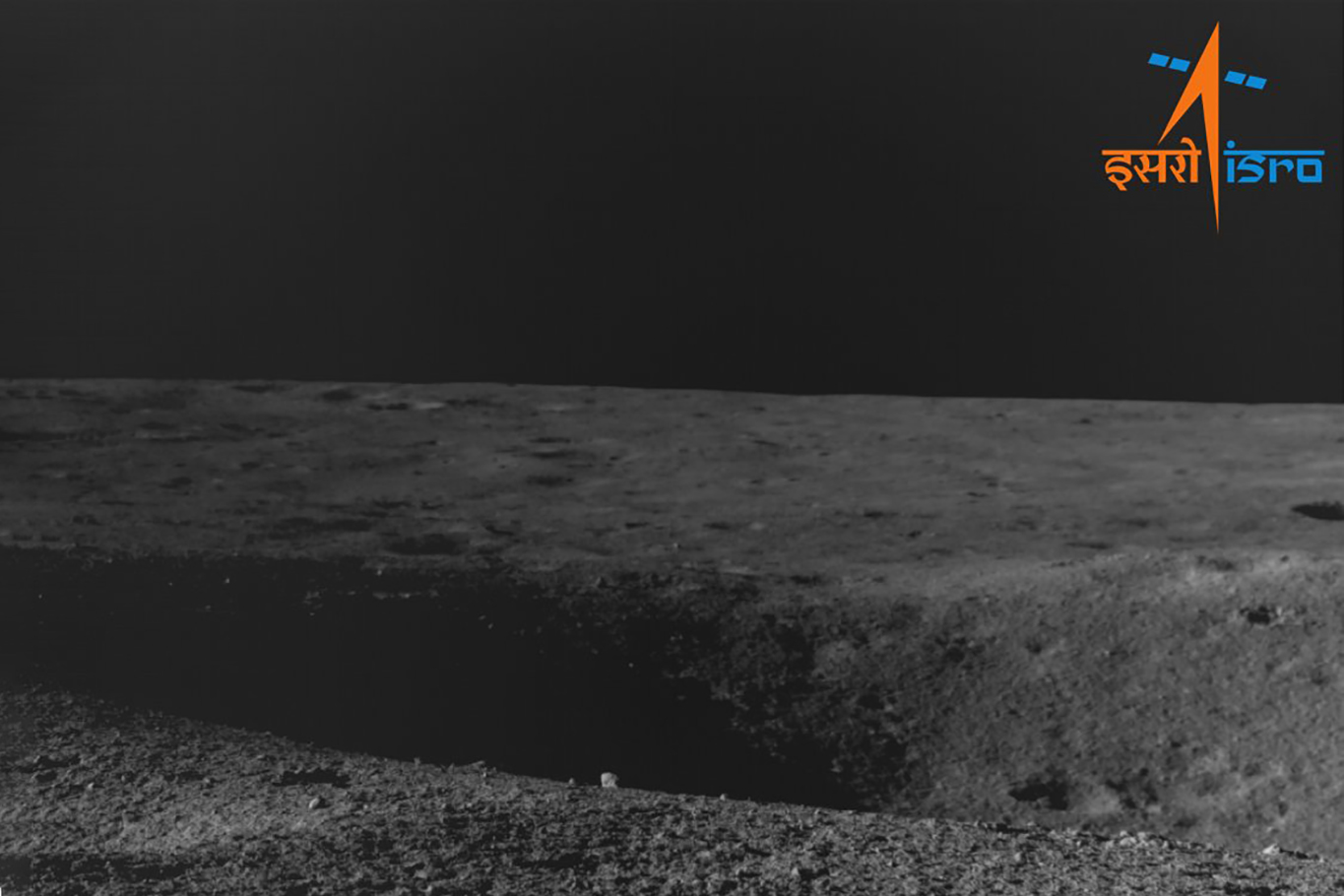
The Indian Space Research Organization (ISRO) has shared the initial findings from its lunar mission Chandrayaan-3, which successfully landed on the moon’s south pole on August 23. Just four days later, on August 27, ISRO released temperature data and images captured by the rover during its exploration.
The agency provided a graph depicting temperature variations between the moon’s surface and specific distances above and below the ground. The rover also captured photographs while retracing its steps after identifying a deep crater on the lunar surface.
To gain insights into the moon’s thermal behavior, the Vikram lander carried the ChaSTE (Chandra’s Surface Thermophysical Experiment) payload, which measured temperature profiles of the lunar topsoil around the south pole. Equipped with a temperature probe and controlled penetration mechanism, ChaSTE could reach depths of up to 10 cm beneath the moon’s surface, along with 10 temperature sensors.
According to ISRO’s published graph, the average lunar surface temperature hovered around 50 °C. Remarkably, at a mere 20 mm above the surface, the temperature sharply rose to 60 °C, while beneath the surface at -20 mm, it registered just under 40 °C. At a depth of -80 mm, the temperature dropped to -10 degrees Celsius. This marked the first instance of such information being detected and made available to the global community.
Another discovery from the Chandrayaan-3 mission was the identification of a 4-meter diameter crater situated 3 meters ahead of the rover’s intended path. ISRO promptly directed the rover to retrace its route and seek a safe alternative. The agency’s update, shared on the platform X (formerly known as Twitter), indicated that the rover was now securely navigating a new course. Accompanying the update was an image of the detected crater and the path it had retraced.












